Seis Manos Q&A: Director Willis Bulliner

John Schwarz: Where are you originally from and how did you get involved in the animation industry?
Willis Bulliner: I’m originally from Chicago, Illinois. I’ve been drawing from a young age and became interested in animation when I was in high school. After studying studio arts in college, I moved out to California for grad school to study animation. Once I finished school, I did freelance for a year or so until I was lucky enough to get a job as an animator/story artist at Powerhouse Animation. That was about 8 years ago, and I’ve been with the company ever since.
How is Seis Manos different from other projects Powerhouse has worked on?
Speaking from my time here at Powerhouse, I’ve never had the opportunity to work on something that has this many influences and genres mashed together. One of the most fun parts of the production was researching all of these different parts, and seeing how they can fit together. You would look at everything, and see what worked and what didn’t, and when you pieced things together it would make this completely new thing.
The popular term used to describe Seis Manos is “anime-style”. How has anime influenced Seis Manos as well as other works at Powerhouse?
Everyone at Powerhouse is a big fan of anime in general, and it’s been a significant influence in a lot of the work we’ve done over the years. From things like dynamic camera moves to high action movement and exaggeration in the animation, we’ve had fun implementing these elements into some of the things we’ve done in the past, and SEIS MANOS was no different.
What are some of your favorite animated series that you watch now that you DON’T make and what are some of your favorite series from an early age?
To tell you the truth, I haven’t been watching as many animated series as I’d like to lately, I have a big backlog of shows I need to check out. I just started Cannon Busters, as well as season 2 of ONE-PUNCH MAN. I’m really liking both of those so far. Every now and then I’ll catch episodes of The Amazing Adventures of Gumball, that show is hilarious. When I was younger, I watched a lot of Case Closed, Shin Chan, Teen Titans, Batman the Animated Series and things like that. I’ve seen Avatar I don’t know how many times, and that’s one I can pick up at any point in any of the seasons and just start watching. That’s one of my all-time favorites.
Having done production work on Castlevania, how did directing on Seis Manos compare in terms of challenge and scale?
Well on CASTLEVANIA I had the privilege of doing storyboards, and some compositing here and there. Directing on SEIS MANOS is a completely different animal because it’s not just the set of script pages I get to board, or the handful of shots I’m compositing. I have to think about the whole episode, and how that relates to the rest of the episodes. I really had to work closely with every part of the production to make sure that everything we were doing benefited the entire show, and that was a different mode of thinking compared to how I operated on CASTLEVANIA.
The series is said to be drawing on characters that practice in Chinese martial arts, what kind of pre-prod work did you or your team have to entail so as to get a basic understanding of how to animate and produce action sequences that employ those arts?
We got to work with a local kung fu expert, Sifu Thomas Leverett, he was our fight choreography consultant. The production team would have story meetings where we would break down a fight scene, and figure out roughly what we wanted to happen in that sequence. We would then meet with Sifu Leverett and, after going through the sequence with him, he would break down choreography that he thought would work well for that particular fight. He did a great job of explaining the different styles and forms we wanted to incorporate, and we would grab as much photo and video reference as we could to help the accuracy of our storyboards. Some sections were boarded so tightly they were basically animation keys.
On top of that, the production team would meet up and watch kung fu films from the 70s. We’d break down camera angles and shot selections from the fight sequences, to not only see how these films were handling their fight scenes, but to grab specific references to put into the show.
In terms of putting together the Mexican setting, how did you successfully pull this off and what were some of the challenges that were had?
We really wanted the setting to feel as authentic as possible. Not just to be set in Mexico, but to be in the 1970s. A lot of research was done, and our team did a fantastic job of bringing things to life. I’ll say that challenges started to come up when we wanted to mix cultural influences, for instance with Manos’ home. We wanted to bring in Chinese influences from Sifu Chiu to the house and garden areas, but we also wanted to be practical about how that would have been done in Mexico. It took some time, but we came up with some fantastic ideas.
Seis Manos Streams on Netflix on October 3rd.



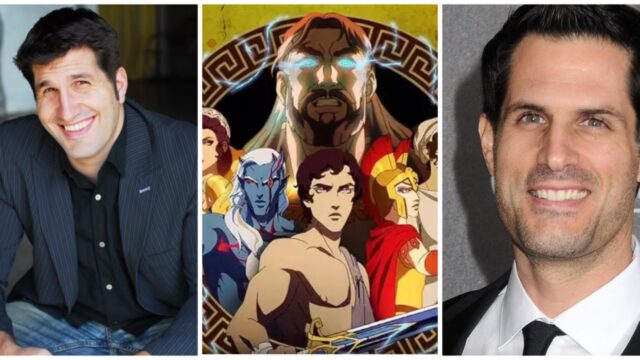


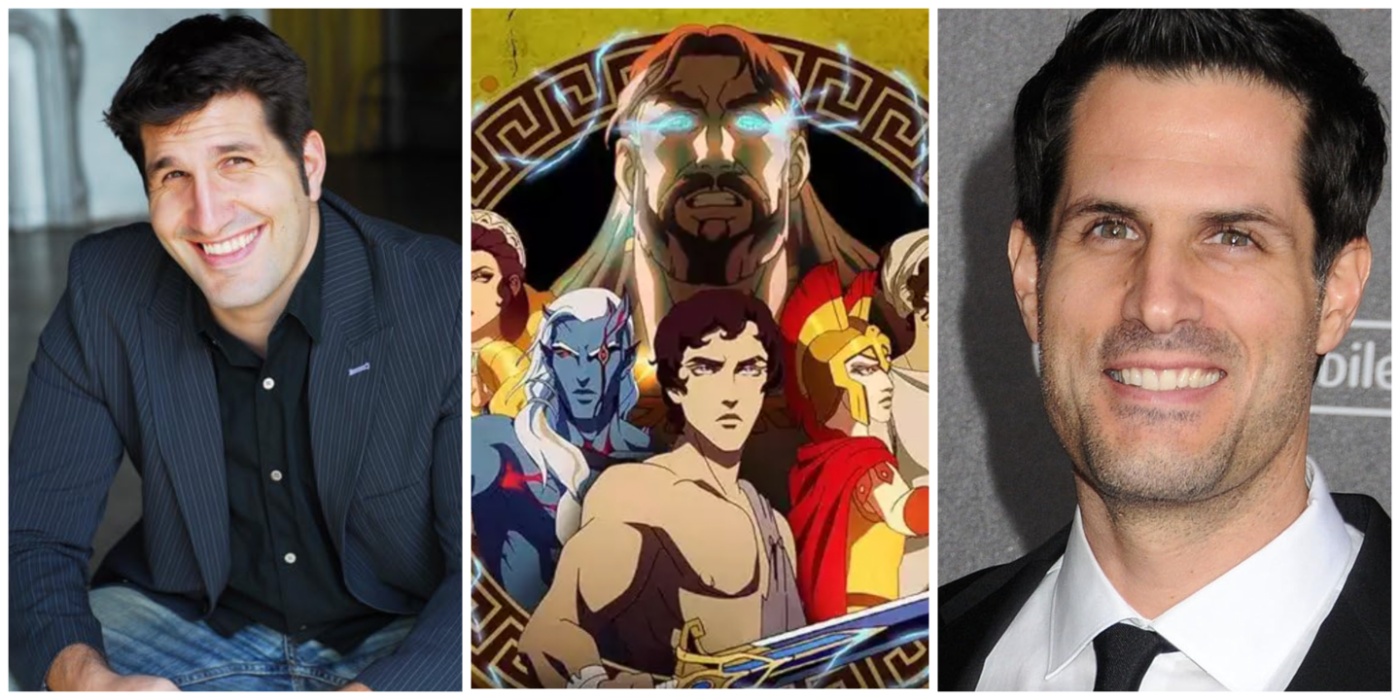

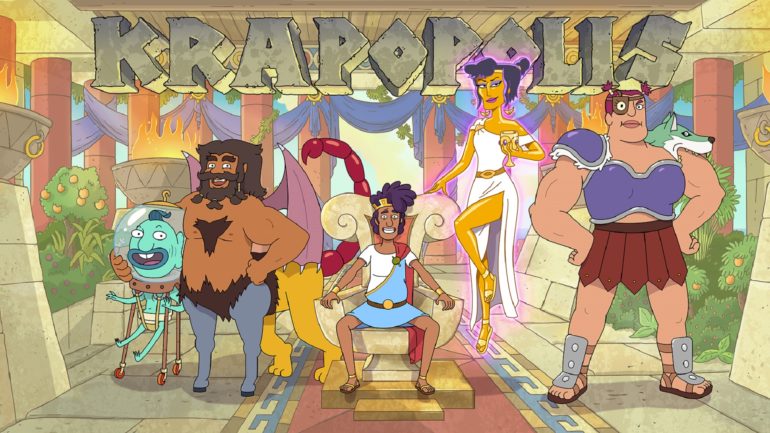


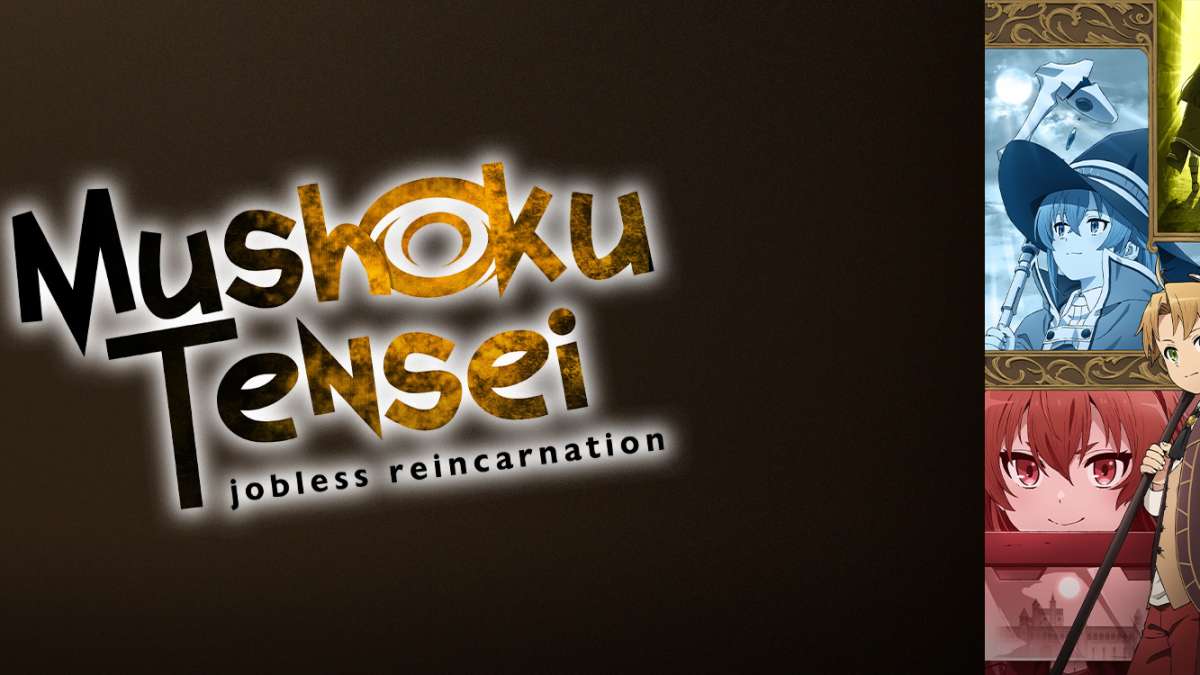











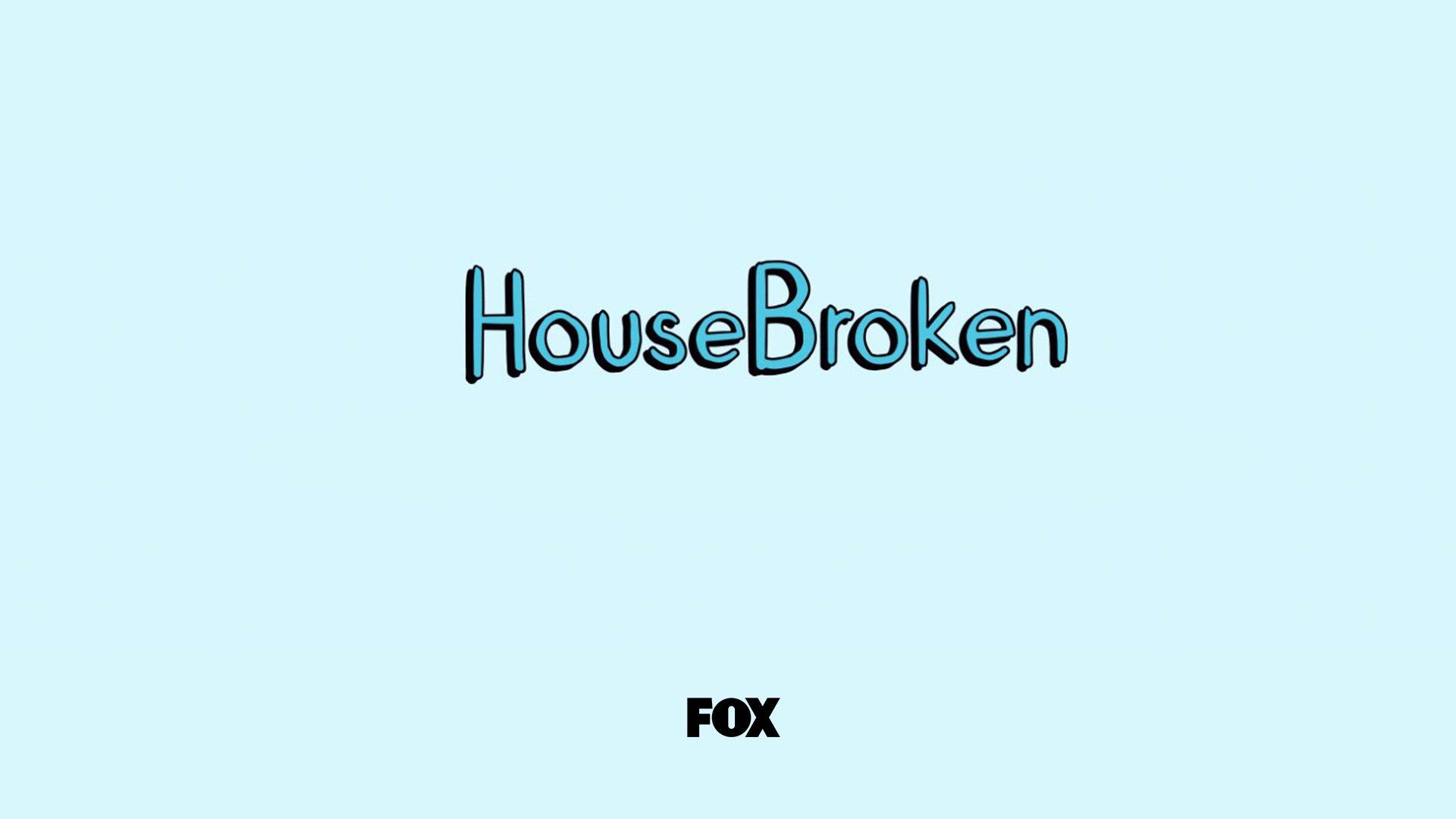


I hope it's not Crunchyroll; if they really cared about the franchise much, Volume 10 would have already been announced a long time ago.